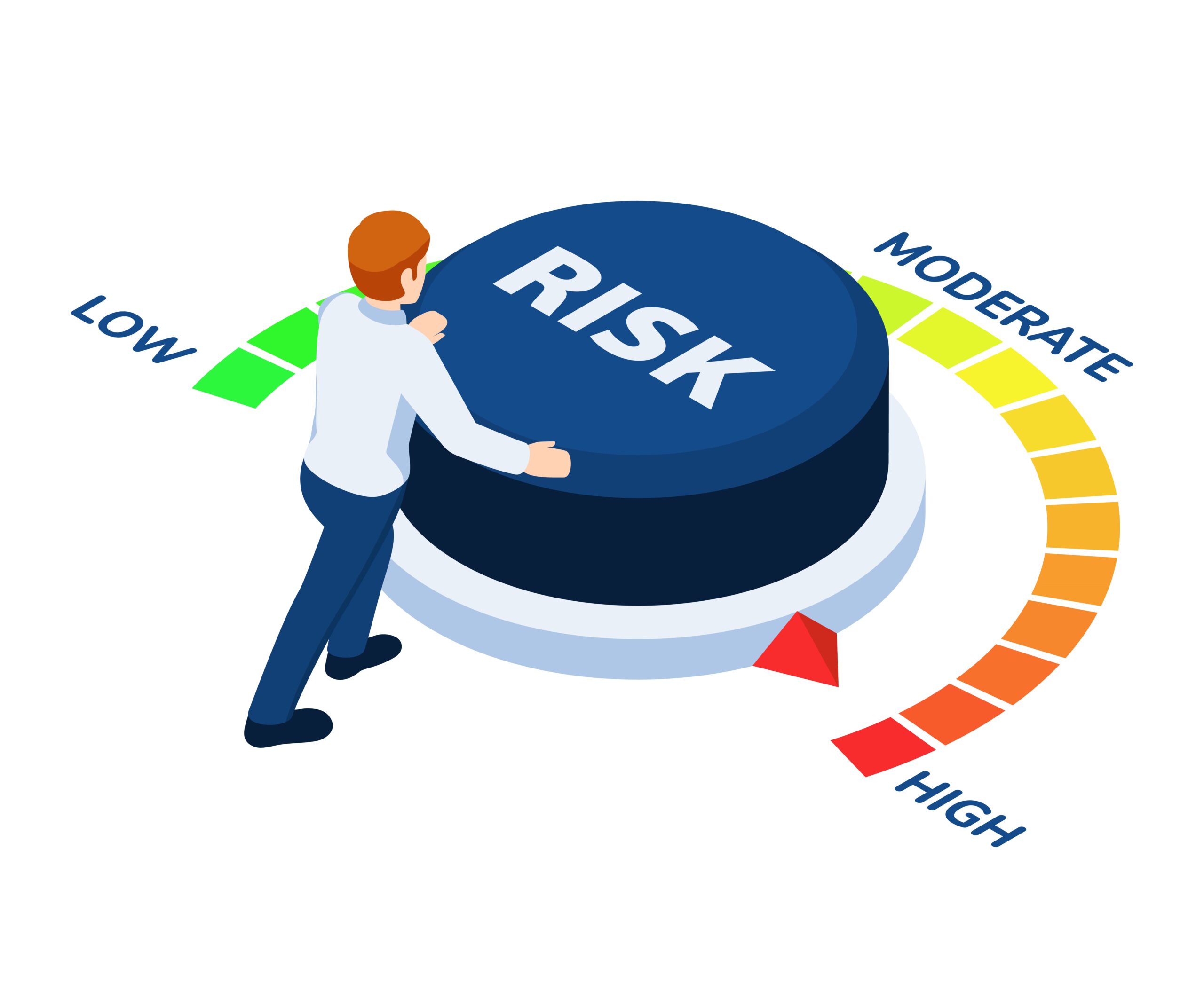Risk assessment audits are a crucial component of any effective risk management strategy. By systematically evaluating an organization’s risk profile, these audits help identify potential vulnerabilities, assess their impact, and implement appropriate mitigation measures.
What is a Risk Assessment Audit?
A risk assessment audit is a structured process that involves:
- Risk Identification: Pinpointing potential risks that could impact the organization.
- Risk Analysis: Evaluating the severity and likelihood of identified risks.
- Risk Evaluation: Assessing the overall risk level and prioritizing risks.
- Risk Treatment: Developing and implementing strategies to mitigate or eliminate risks.
- Risk Monitoring and Review: Continuously tracking and reviewing risks to ensure their effectiveness.
Benefits of Risk Assessment Audits:
- Enhanced Decision-Making: Informed decision-making based on a clear understanding of risks.
- Improved Risk Management: Effective implementation of risk mitigation strategies.
- Reduced Losses: Minimization of financial and operational losses.
- Enhanced Reputation: Protecting the organization’s brand and reputation.
- Regulatory Compliance: Adherence to industry regulations and standards.
Key Elements of a Successful Risk Assessment Audit:
- Clear Objectives: Defining the scope and purpose of the audit.
- Experienced Auditors: Engaging qualified professionals with expertise in risk management.
- Robust Methodology: Employing a systematic and rigorous audit methodology.
- Effective Communication: Open and transparent communication with stakeholders.
- Data-Driven Insights: Utilizing data analytics to identify trends and patterns.
- Continuous Improvement: Regularly reviewing and refining the risk assessment process.
By conducting regular risk assessment audits, organizations can proactively identify and address potential threats, ensuring their long-term success.






